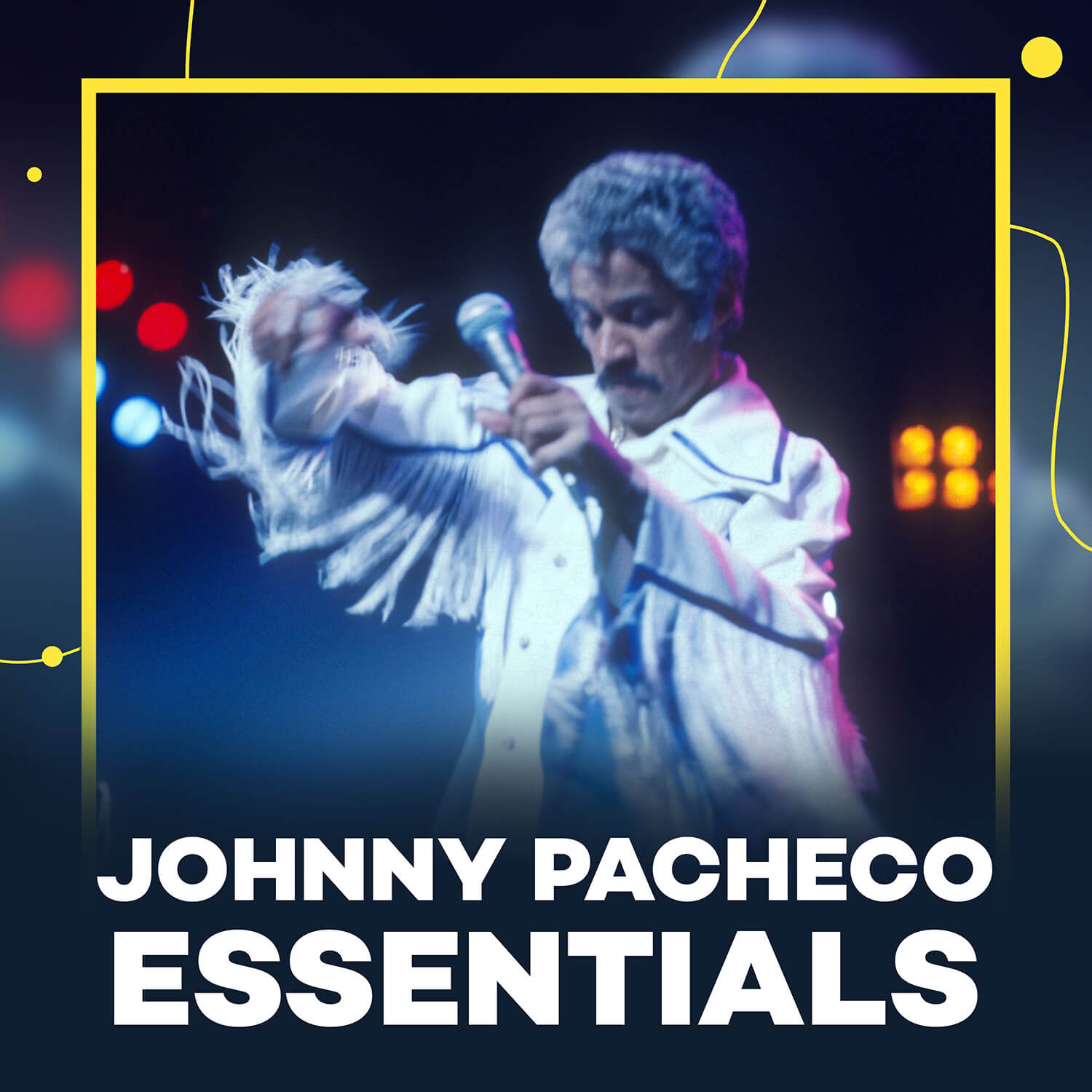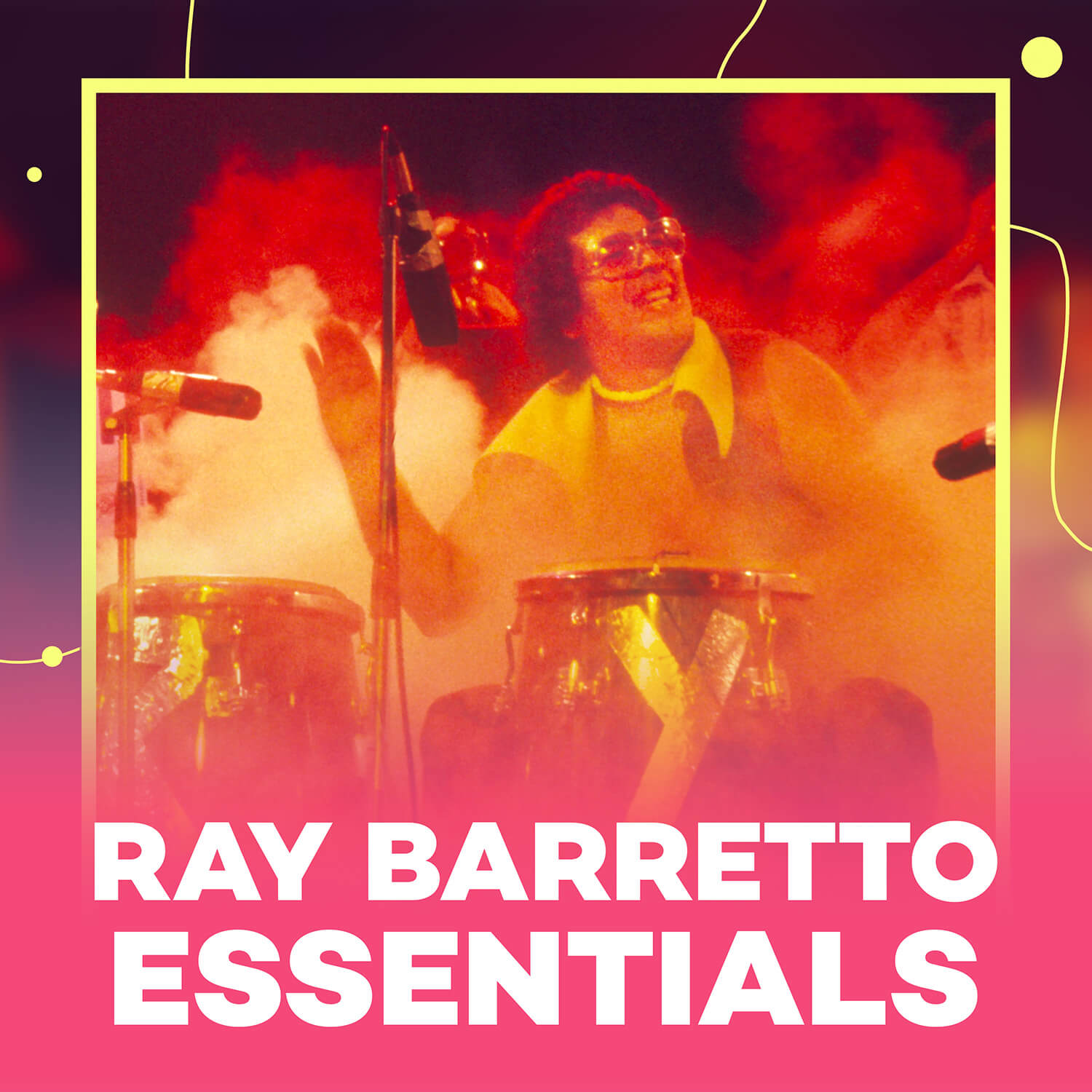
His album covers portray this large figure as an intimidator (see Indestructible, Barretto Power and Acid), but in real life Ray Barretto was a gentle giant with an enormous amount of musical know-how. You shake his huge hands and it’s like being trapped in a concrete vice, but he can create soft, meaningful sounds on his set of congas whenever the occasion calls for it. Ray Barretto is the epitome of the Puerto Rican congueros of New York. Barretto gained untold notoriety in his quest to be recognized as one of the key contributors to the sound of Latin Salsa and Latin Jazz.
His career took hold while serving in the US Army, in Germany, taking up the conga to play along with the Charlie Parker Jazz records he listened to over and over again. Born in Brooklyn, NY, in 1929, to Puerto Rican parents, Ray spent his evenings listening to Latin and Jazz music on the radio along with his siblings while his mother, Dolores, attended night school to fully understand the English language and to provide for her family.
As a teenager, in the fifties, he frequented the renowned Latin hot spot, The Palladium on Broadway in New York, as often as possible. There, he fell in love with the music of Tito Puente’s orchestra and the percussive skills that Puente, king of Latin music, put on display night after night. And was tantalized by the Cuban conguero, Mongo Santamaria, who was a big part of the ultra-tight Puente rhythm section. As well as the impactful music that emerged from Machito’s Afro-Cuban Orchestra. At that time Mambo was taking the world by storm while be-bop was making its way around the New York Jazz circuit.
Ray continued working on his aspiring to become a master conguero. In 1957, as fate would have it, Puente hired Ray Barretto to replace Ray’s idol, Mongo Santamaria, in his band. During the following four years, Ray continued to improve on his skills and in 1961 he was signed to a recording contract with Riverside Records, which was a key jazz outlet for many jazz greats. This gave Ray a great opportunity to incorporate his Latin feel to jazz musical
arrangements. He began making strides after the release of his Latino album for Riverside Records. Ray had a strong ensemble to work with on that album while he played most of the percussion instruments himself.
This led to bigger and better things when Ray was picked up by the burgeoning Tico Records label, in 1962. It wasn’t long before Ray broke into the ‘pop’ market with his mega-hit, “El Watusi.” This ‘pop’ favorite was nothing more than a fill-in for his great Charanga Moderna album of 1963. In 1965 Ray went on to record four albums for United Artists Latino before signing on with the dynamic Fania label in 1967. He recorded several hit albums for the label and went on to perform with the internationally renowned Fania All Stars orchestra, where he was featured alongside his long-time idol, Mongo Santamaria.
Ray Barretto died of heart failure in February 2006.
A personal favorite Ray Barretto album is Indestructible. The title selection, musical arrangements, individual performances, and Ray’s leadership encompass the perfect album when it comes to listening or dancing enjoyment. Especially the performance of the sparingly used vocalist/sonero, Tito Allen. Tito’s smoothly controlled style fits perfectly with the tracks laid down by Barretto. In addition, the performance by Eddie Martinez on piano (El Hijo De Obatala), the coro/background vocals by Hector Lavoe and Menique (“Yo Tengo Un Amor”), the superb flute solos by Art Webb, Julio Romero on bass, the rhythm section which includes Tony Fuentes on bongos, Little Ray Romero on timbales; the usual job of expert engineering by Jon Fausty; and of course, the artistry of Ray Barretto, himself, add up to one spectacular package. My favorite cut is “La Familia” where Tito expresses his excitement over the arrival of his family to join his party The blaring horn section which includes Manny Duran, Joseph Roman, Roberto Rodriguez is on fire, as well.
The release date of Indestructible, 1973, coincides with the establishment of a new band, Tipica 73. A band created by disgruntled members of Barretto’s orchestra that included vocalist Adalberto Santiago, keyboard specialist, Sonny Bravo, bassist David Perez, and percussionists Johnny Rodriguez and Orestes Vilató. But Barretto stood fast and conquered with his Indestructiblerelease. Showing the world that it takes more than the departure of unhappy musicians to destroy the lifetime of work and leadership he had built. The 1968 album, Acid, reveals another side of Barretto’s exploitations. In it, he mixes in some jazz and boogaloo repertoire to go along with his traditional salsa sound. This album is also considered one of Ray’s best releases. This exciting gathering of talented musicians includes Big Daddy on bass; Louie Cruz, piano; Orestes Vilató, timbales; Rene Lopez and Roberto Rodriguez, trumpets; Adalberto Santiago and Pete Bonet on vocals. —Bobby Marin
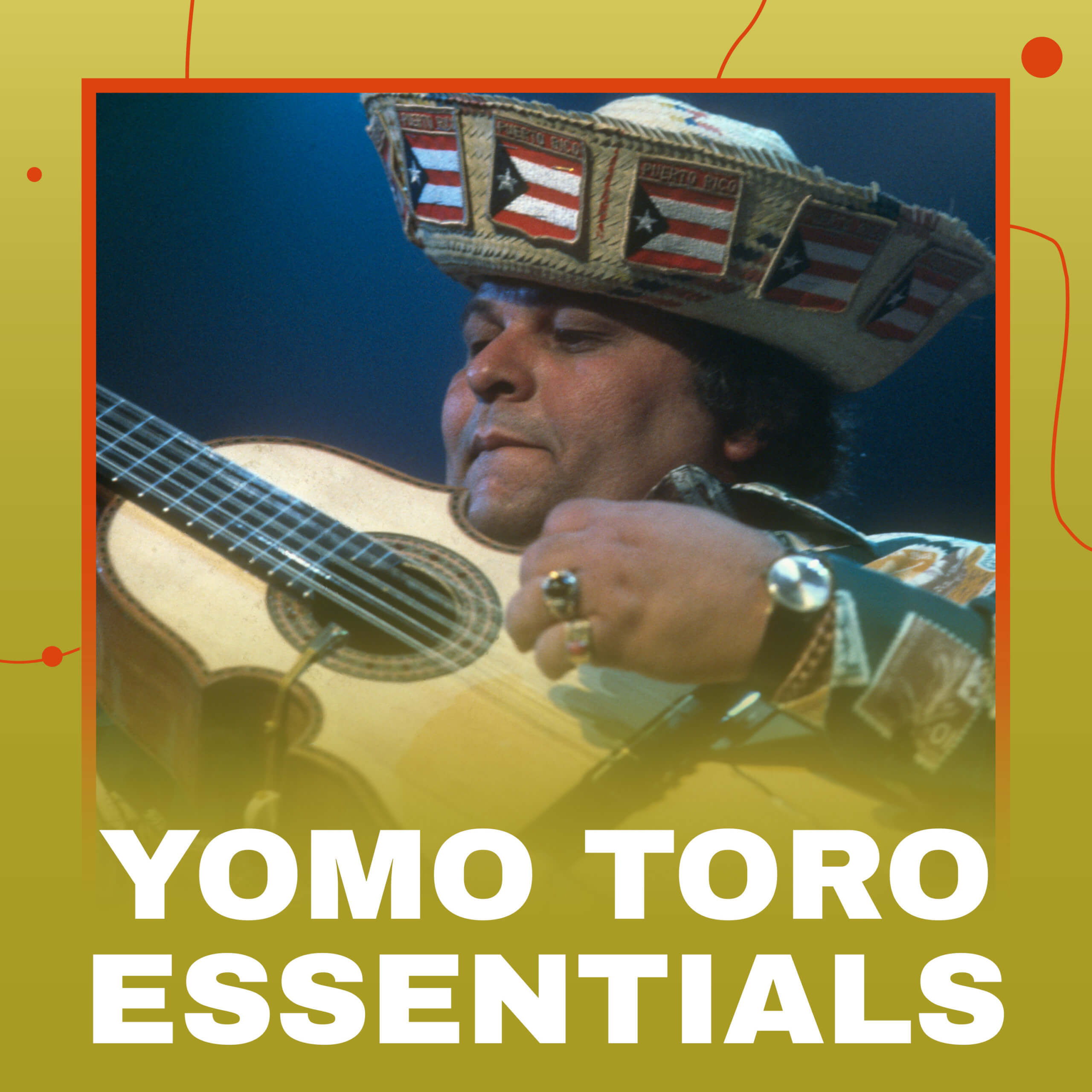
Yomo Toro
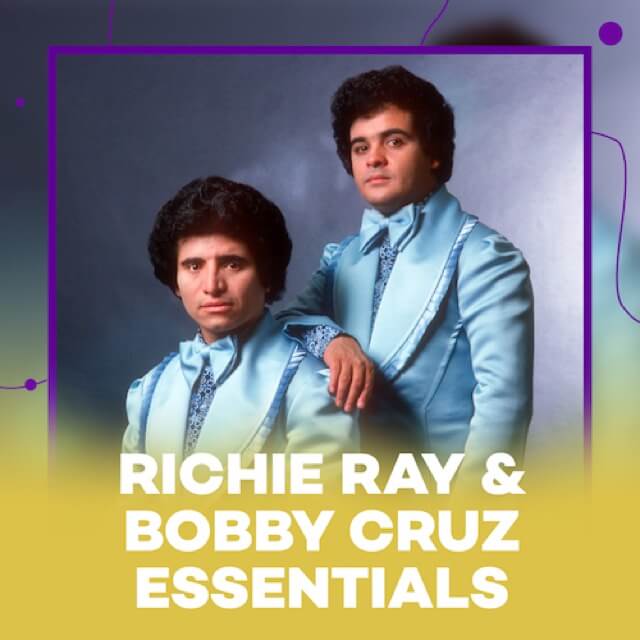
Richie Ray & Bobby Cruz
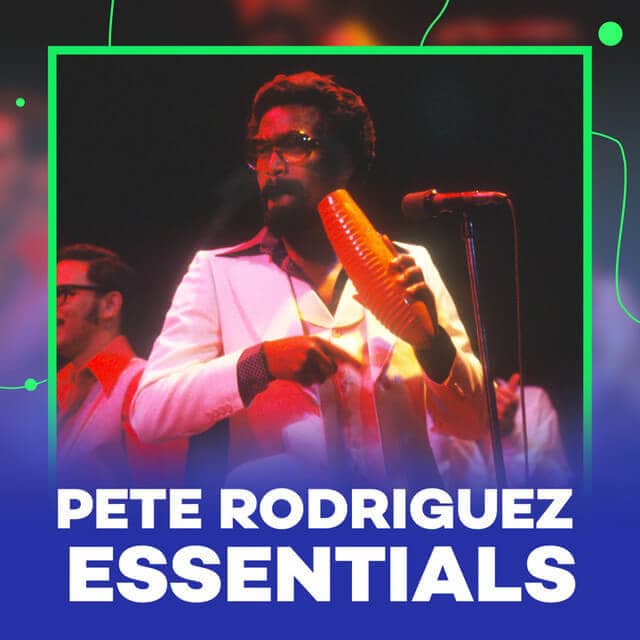
Pete “El Conde” Rodriguez
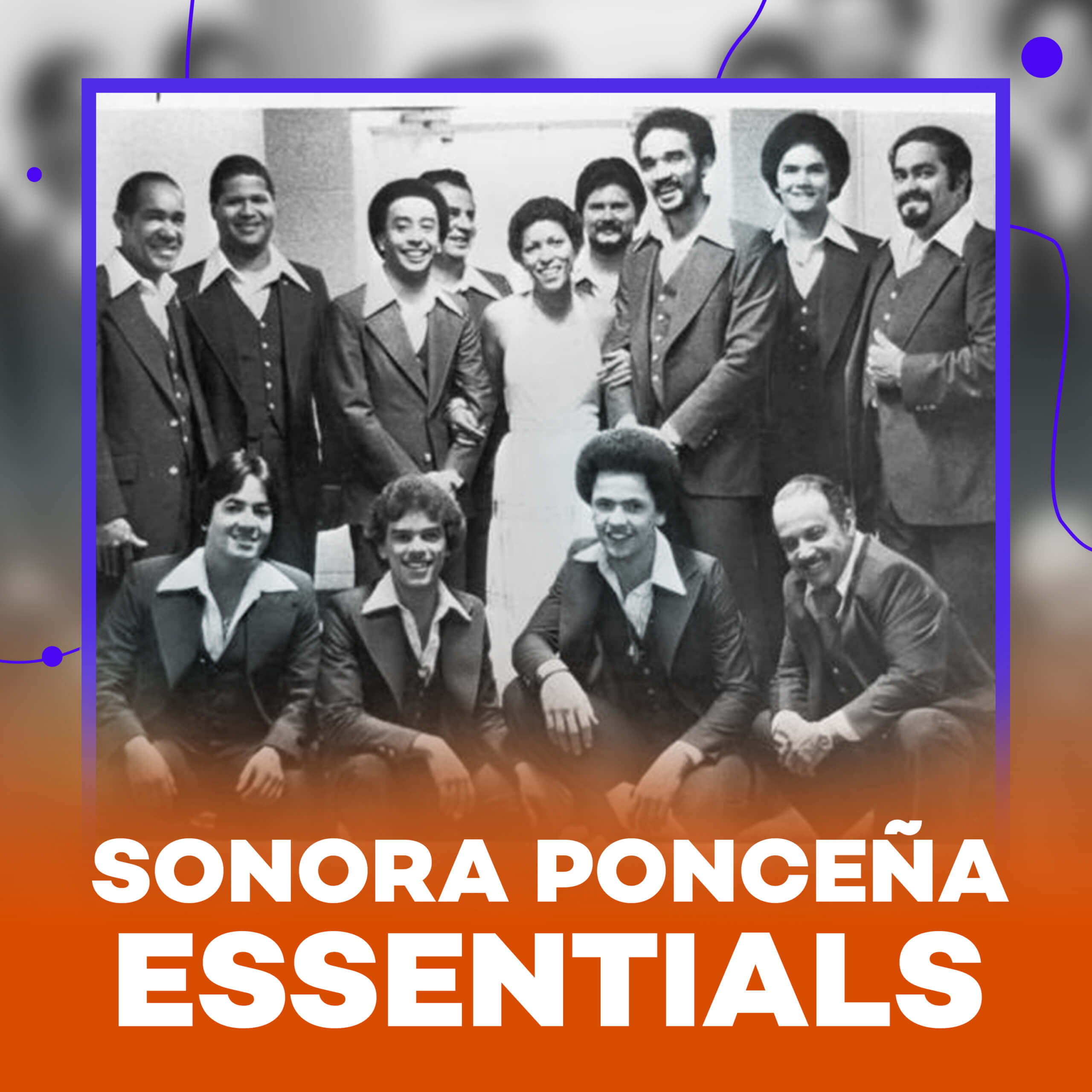
Sonora Ponceña

Larry Harlow

La Lupe

Celia Cruz

Fania All Stars

Roberto Roena
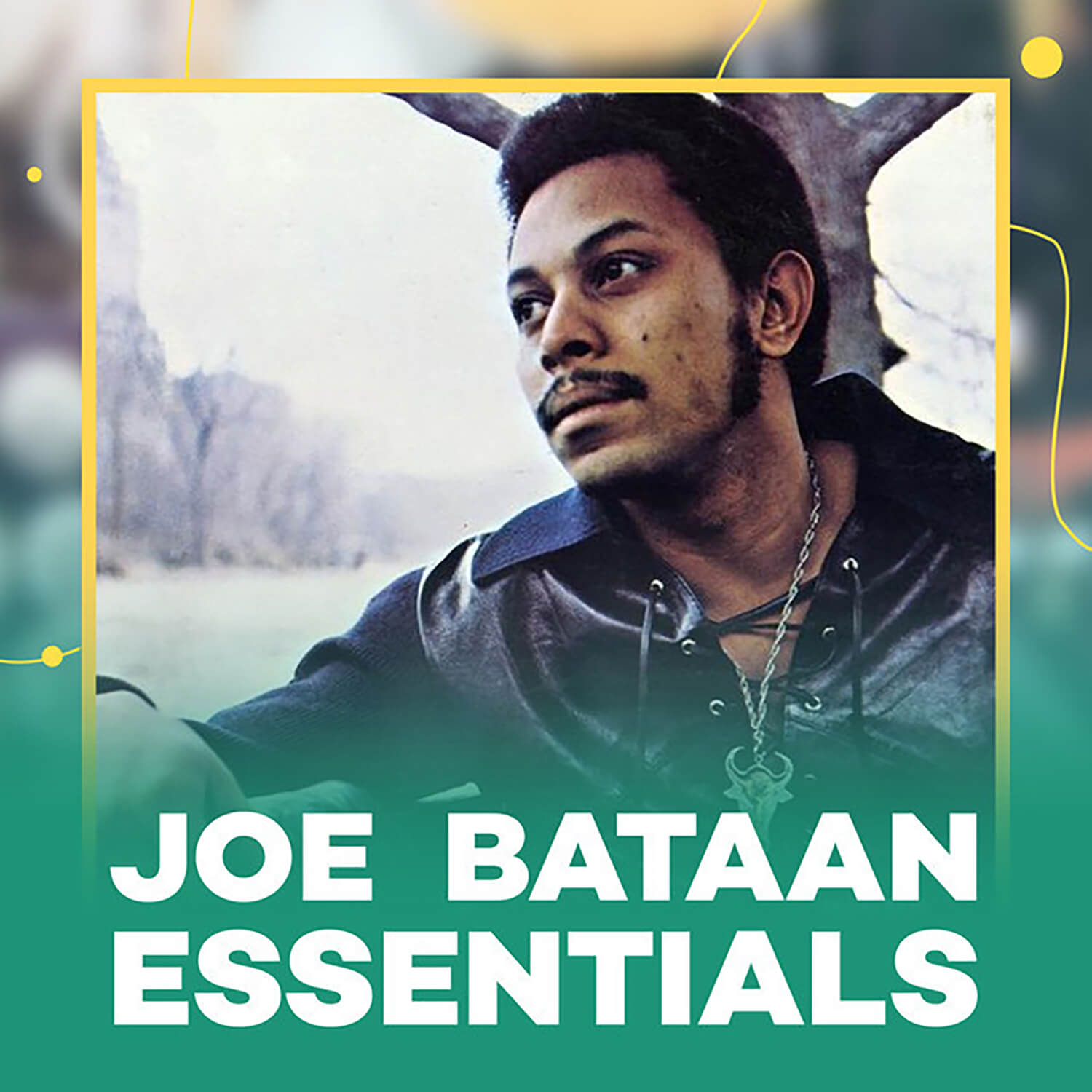
Joe Bataan

Ruben Blades

Bobby Valentin
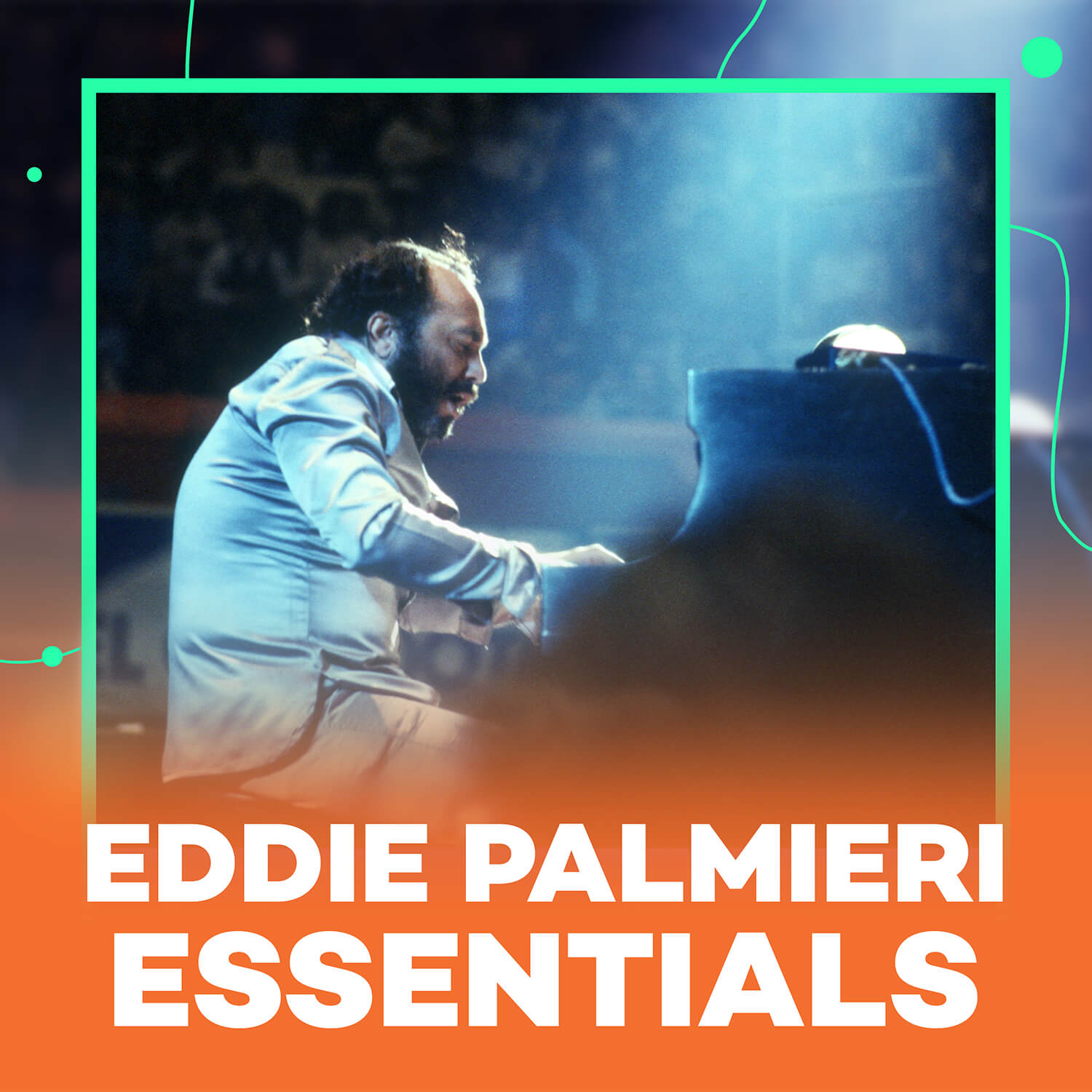
Eddie Palmieri

Hector Lavoe

WILLIE COLON

Ray Barretto

Tito Puente

Ralfi Pagan
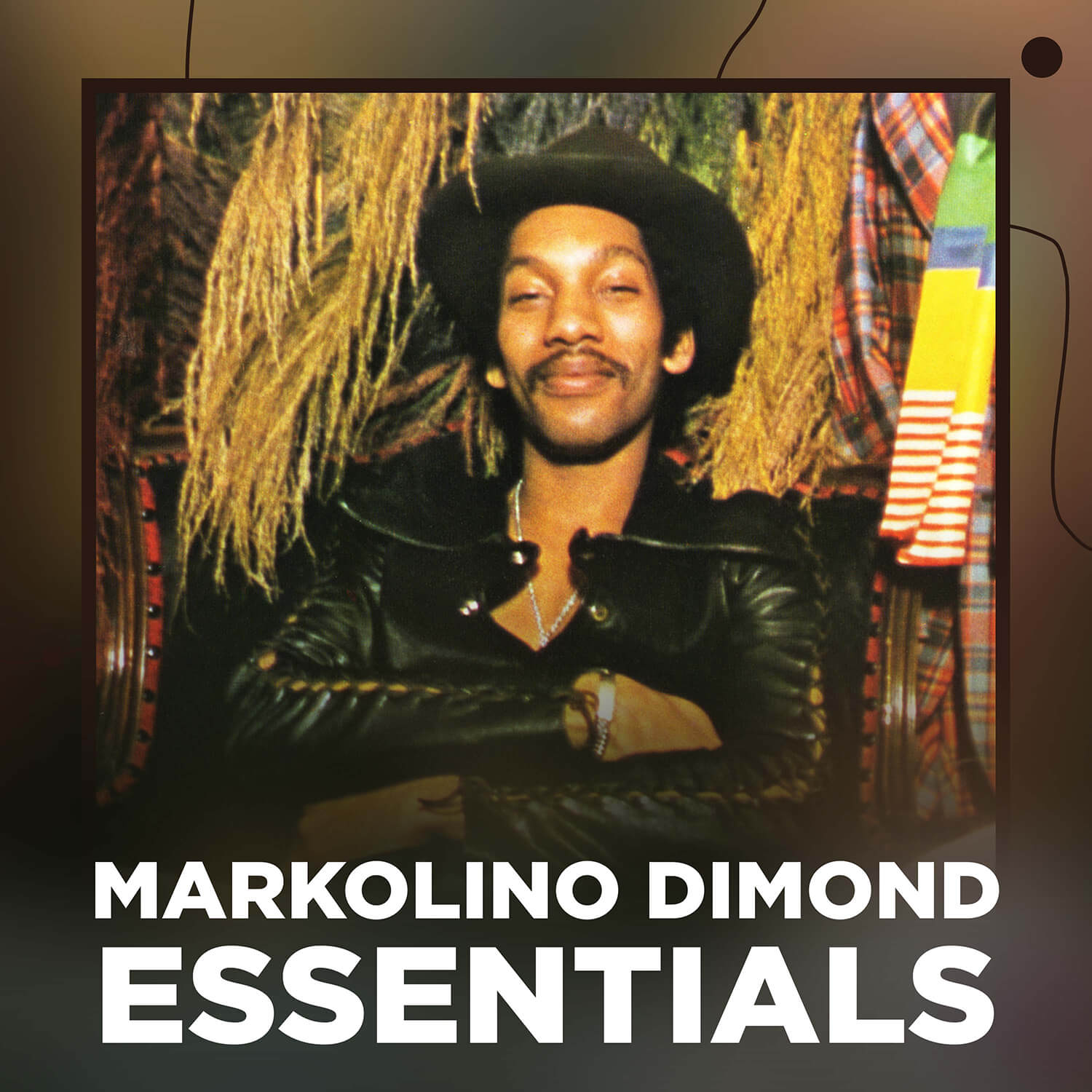
Markolino Dimond
